| Structure | Name/CAS No. | Articles |
|---|---|---|
 |
Ethanol
CAS:64-17-5 |
|
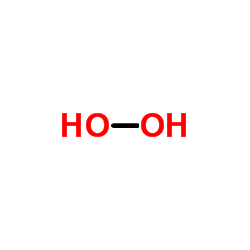 |
Hydrogen peroxide
CAS:7722-84-1 |
|
 |
Methanol
CAS:67-56-1 |
|
 |
sodium dodecyl sulfate
CAS:151-21-3 |
|
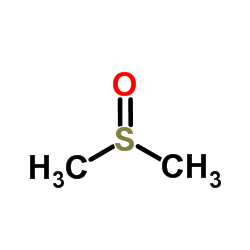 |
Dimethyl sulfoxide
CAS:67-68-5 |
|
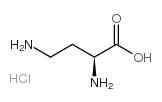 |
H-Dab.HCl
CAS:1482-98-0 |
|
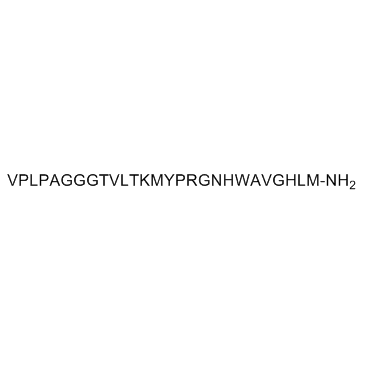 |
GRP (human)
CAS:93755-85-2 |
|
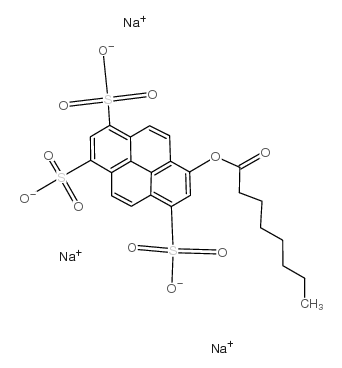 |
8-Octanoyloxypyrene-1,3,6-trisulfonic acid trisodium salt
CAS:115787-84-3 |